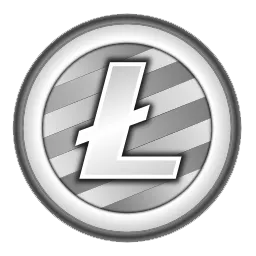Litecoin was launched in 2011 by Charlie Lee. It was created to receive and send instant, fast and low-cost payments like Bitcoin. It is planned to be cheaper and faster than Bitcoin. It is a decentralized open source cryptocurrency. While Bitcoin is referred to as "digital gold" in the cryptocurrency literature, Litecoin is also called "digital silver". Its founder, Charlie Lee, is a former Google employee.

Mining System
Litecoin, like Bitcoin, uses a hash algorithm that allows mining LTC by solving difficult mathematical problems. Litecoin uses S-crypty, the hash algorithm of SHA-256. The basis of both is Proof of Work.
Out of a total of 84,000,000 LTC that can be mined, 68,856,282.71 are in circulation. The 18th most valuable cryptocurrency in terms of market value is Litecoin. It has always been in the top six since it was produced until 2021. In the Litecoin mining system, a block is confirmed every 150 seconds, in Bitcoin, a block confirmation takes 600 seconds. Litecoin mining has never attracted as much attention as Bitcoin and Ethereum mining.
SegWit technology is used in transactions with LTC. Thanks to this technology, attacks within the network can be prevented. Hackers have signature data for every transaction they make, as they are recorded on the blockchain. The SegWit protection shield prevents attacks by reducing the network competence of users with this signature. Litecoin, which turned 10 years old, has not suffered any major attacks on the network, which means that SegWit does its job as a shield.
Also, thanks to Atomic Swap, you can convert your LTCs to cryptocurrencies without the need for any exchange.
Litecoin Foundation
The team that makes blockchain developments and updates for Litecoin is the Litecoin Foundation. They aim to provide a better experience every day for users all over the world. The increase in the number of Litecoin ATMs in the world is also the responsibility of the foundation.